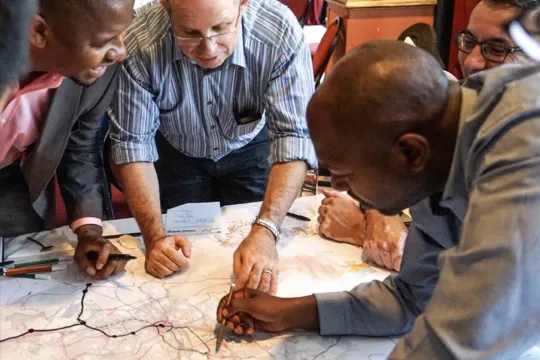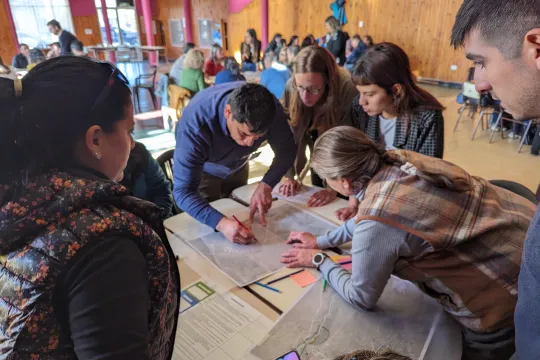
Bijagós Region, Guinea Bissau, Copernicus Open Access Hub -Sentinel-2
Introduction
The Bijagós 2030 represents the second result of the global project "Strengthening national and regional development planning: A Spatial Development Framework for Guinea-Bissau and a Spatial Development Strategic Plan for the Bolama-Bijagós Archipelago Bijagós 2030", financed by the European Union and implemented by UN-Habitat in collaboration with the Government of Guinea-Bissau.
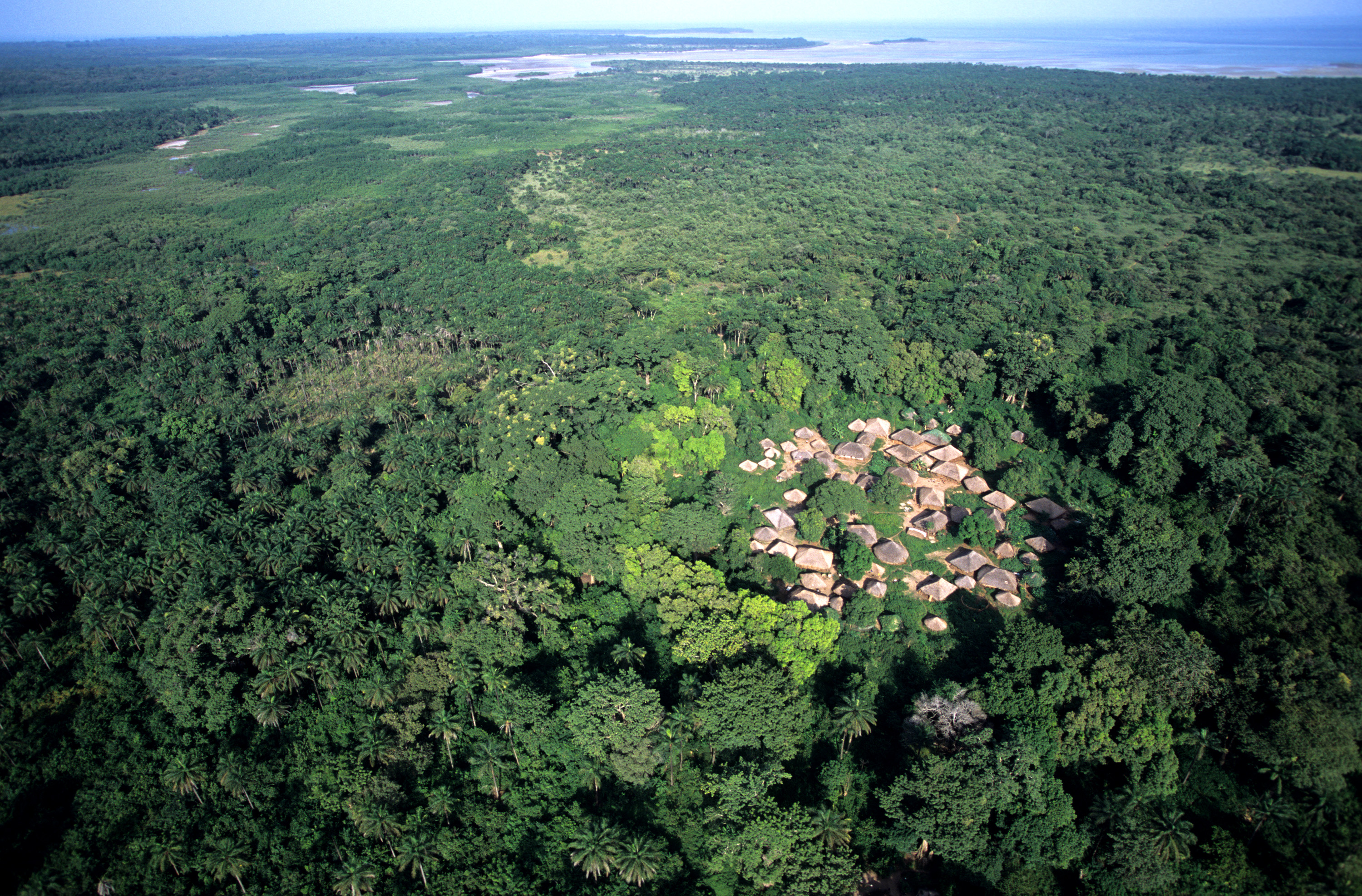
The country currently faces a complex scenario regarding population dynamics due to unbalanced and rapid urbanisation and rural-urban migration. Among others, this situation results from the lack of planning mechanisms to inform an integrated and inclusive development at different levels without leaving anyone and any territory behind.
The Bolama-Bijagós Regional Strategic Development Plan Bijagós 2030 - "Etibêne Kossok!" (go ahead! in Bissau-Guinean criolo) is a crucial instrument to fill this gap. The Plan endows the Bolama-Bijagós Region with a framework of strategic projects and territorial planning and development that guides the integrated action of the different relevant actors in the perspective of a sustainable social, economic, and environmental development of the region.
Context and background
The Bijagós Archipelago has a unique ecosystem in West Africa, is composed of 88 islands and islets, featuring the only delta islands in that entire region of the continent and several endemic species. It was classified a UNESCO Biosphere Reserve in 1996, and as a RAMSAR (wetlands of international importance) site in 2014. The existence of three national protected areas and sacred islands has historically favoured the existence of completely unexplored and preserved territories of fauna and flora.
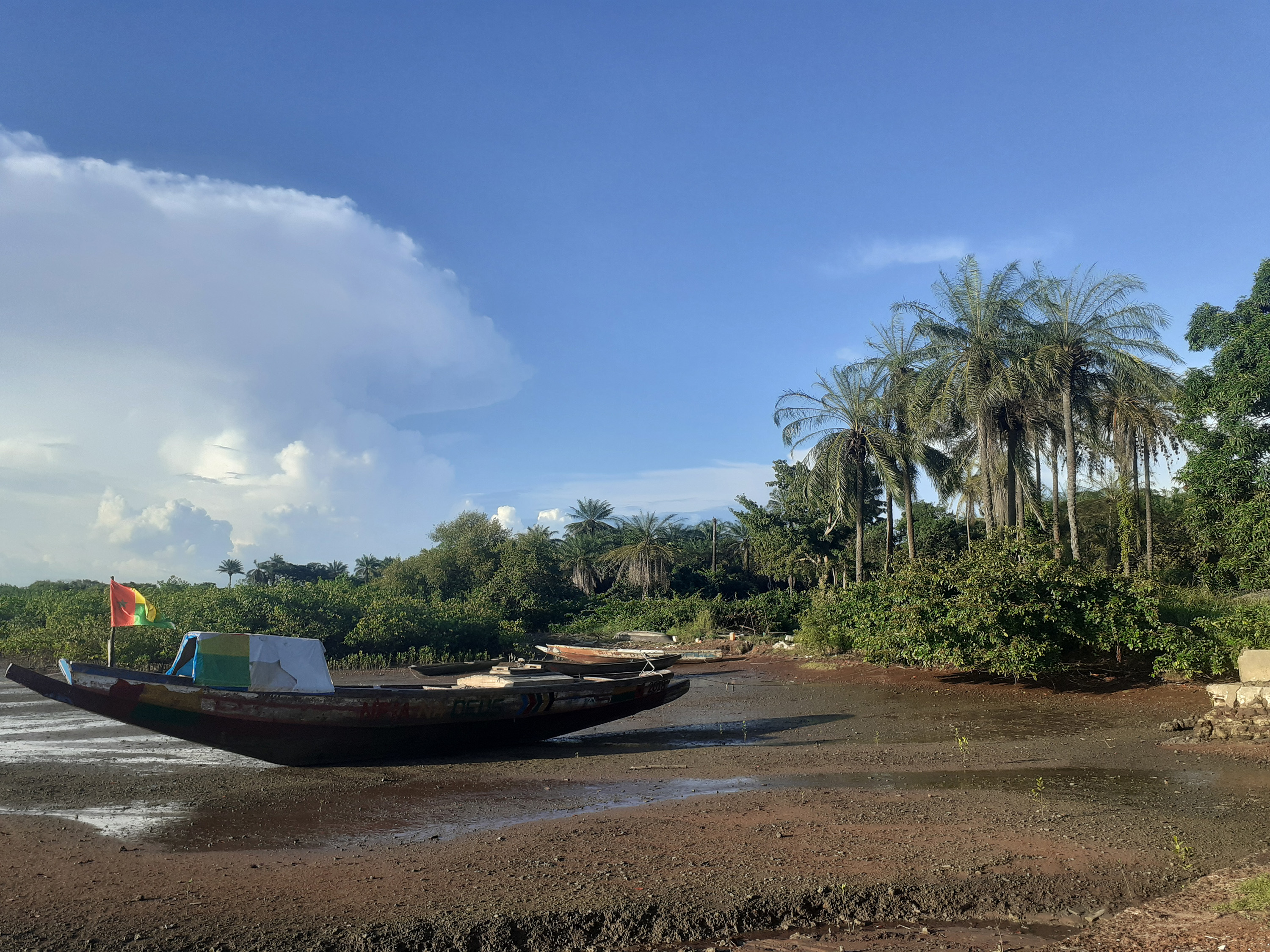
In general, services such as health, education, water and sanitation are very deficient, especially on the most isolated islands. Malnutrition levels are lower compared to the Guinea-Bissau average, unemployment is similar, and the incidence of poverty is above average. Poverty in the region has a higher incidence in rural areas, where connectivity is even more challenging, and unemployment is higher. In environmental terms, rising sea levels, irregular rainfall and high temperatures pose major challenges in the coming decades.
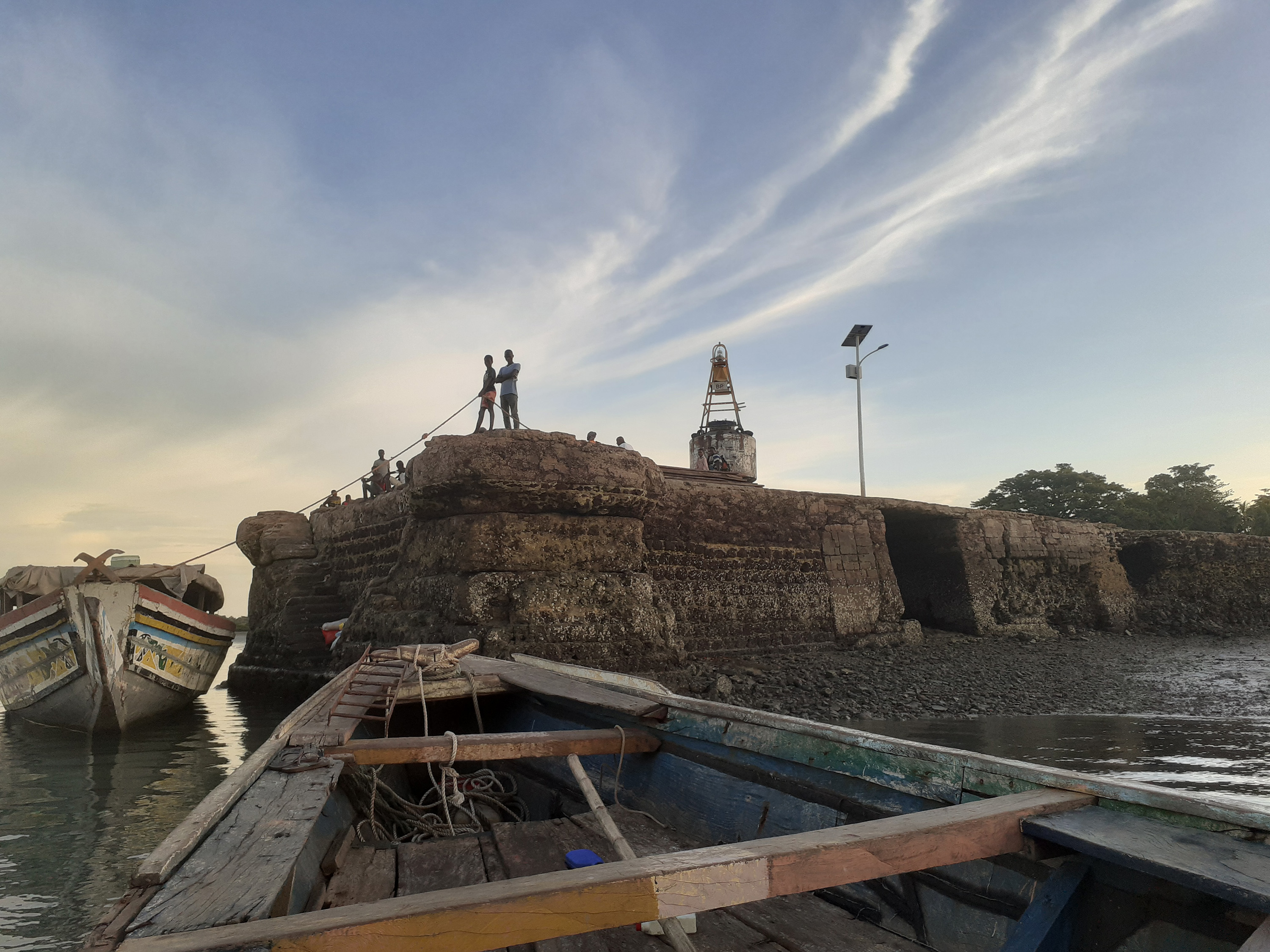
Plan and process
The planning process comprised a data collection, followed by analysis and diagnosis, vision and objectives, strategies and, finally, an action plan. All stages of Bijagós 2030 had the participation of the community, grassroots associations, central and regional government bodies, local leaders, NGOs and other stakeholders present in the region.
Participatory regional spatial planning was used as a needs prioritisation tool to support national, regional and local governments, as well as private sector and civil society actors, in directing investments. The approach actively contributes to the implementation of actions and development of territorial infrastructure to promote sustainable socio-economic growth.
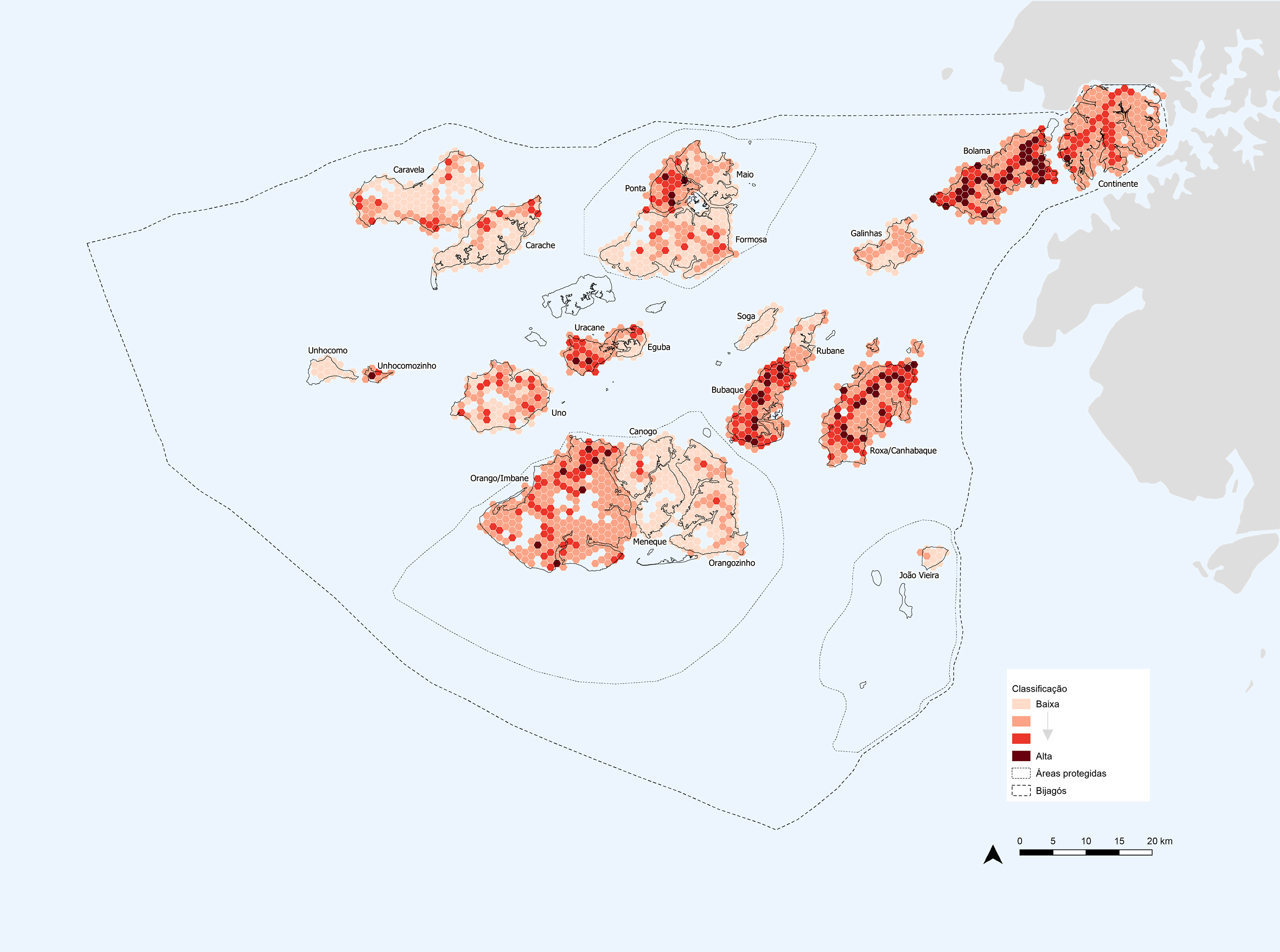
Use of Our City Plans
The use of Our City Plans helped different urban stakeholders to better understand urban planning processes and assess at what stage they need to participate to ensure that their voices are heard, and their interests considered as part of the city's vision, policies, strategies, programs, plans and projects.
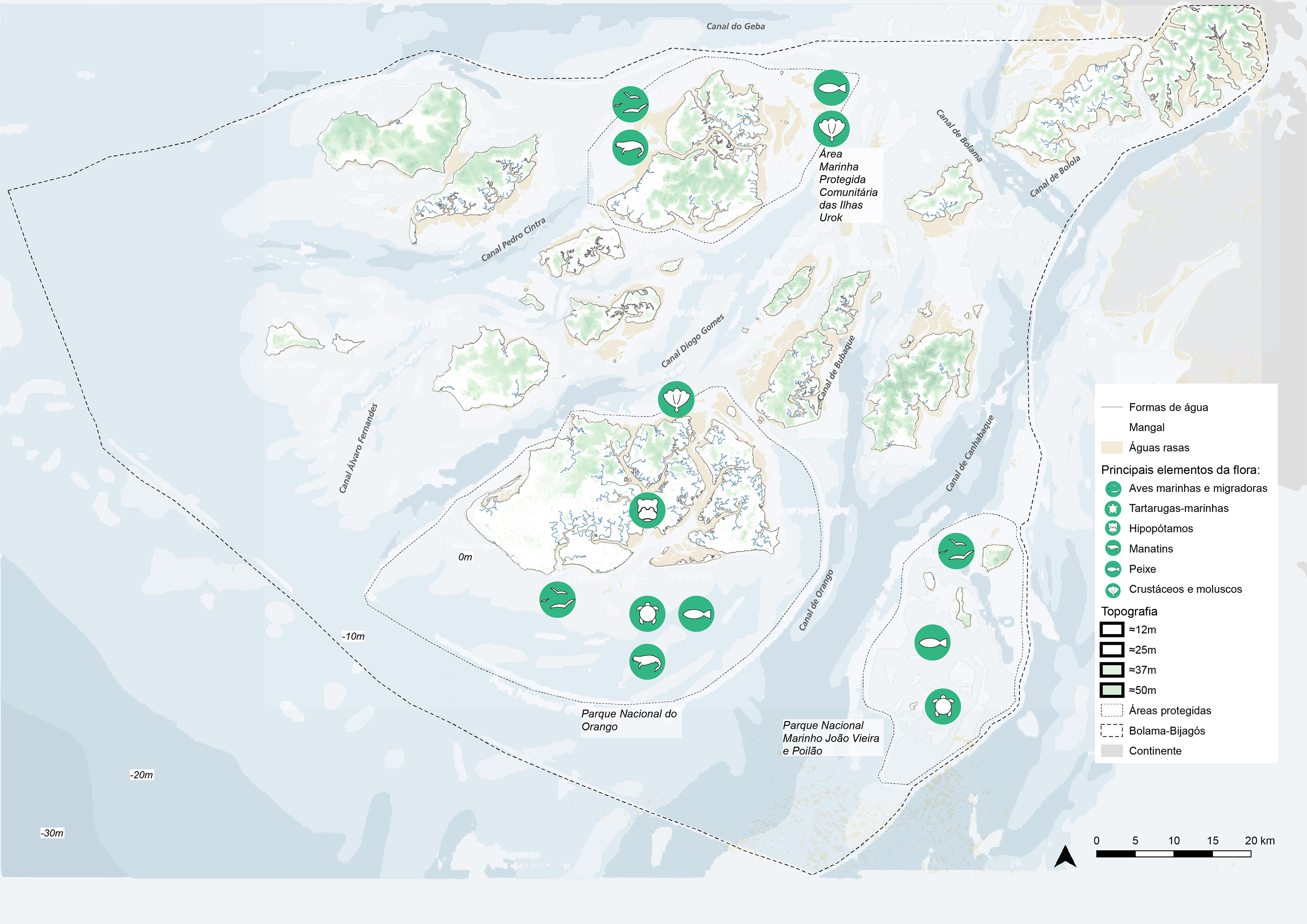
The main value added by the methodology was the tailoring of the planning process, considering the available resources and capacities of the context through a participatory and capacity building approach. Also, through the coordination and co-development between UN-Habitat and the Government, each in their capacities have led the planning process with participatory mapping exercises, city reconnaissance and consultative workshops with local stakeholders. All have helped to develop a more realistic regional development plan based on the vision and goals for the Bijagós region.
Results
The plan is at the stage of operationalization. While the plan has been developed according to available experience and resources, the plan provides a great opportunity to further enhance data ownership, updating and maintenance, ultimately helping to effectively support urban policy/strategy development and monitor specific city-wide interventions in the longer term. One of the values of Our City Plans was in engaging a range of stakeholders of all kinds in both the design and implementation of Bijagós 2030, precisely to reinforce the need to explore the wide range of modalities available for action delivery; institutional measures, public-private partnerships, partnerships with regional administration, between regional government and national government, and partnerships with international organisations.

